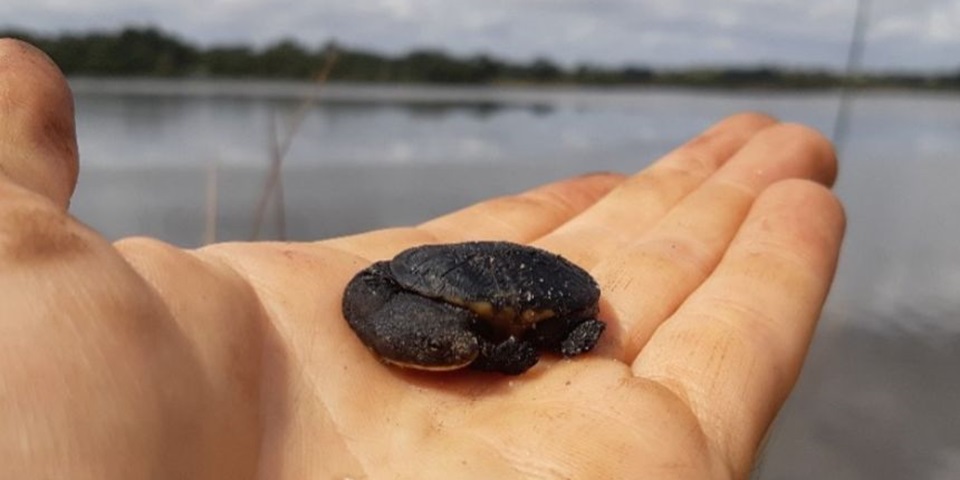News
Citizen science project expands to protect local turtles

Efforts to monitor and protect the southwestern snake-necked turtle (Chelodina oblonga) have been given a major boost this nesting season.
The Saving Our Snake-Necked Turtles project has expanded to now cover 30 wetlands across 21 local Government areas between Joondalup and Albany.
Sixteen wetlands have been added to the 14 already monitored by Murdoch University Harry Butler Institute scientists working to protect turtle populations from extinction.
“The project aims to train citizen scientists to track and help nesting turtles across the entire range of the species, so expanding our project to include these new local government areas has been a really important step,” Project Manager and Murdoch University Research Fellow Dr Anthony Santoro said.
Data collected by volunteer Turtle Trackers is building a clearer picture of the turtle populations, providing essential insights into the way they use wetlands to inform management guidelines for local governments.
In July and August Dr Santoro delivered information and Turtle Tracker training sessions for participating councils.
The information sessions, attended by more than 500 citizen scientists, taught participants about the turtle’s biology and threats to survival, and the 322 citizen scientists who completed Turtle Tracker training gained skills to monitor and protect female turtles and their nests which has a major impact on the populations.
“Every female that safely returns to the water after nesting can nest every year for the decades of her life, and every nest protected by a Turtle Tracker can result in up to 15 new turtle hatchlings added to the population,” Dr Santoro said.
With previous surveys indicating young turtles are largely missing from wetlands, every nest and potential hatchling counts.”
With nesting season well and truly underway, trained Turtle Trackers are now visiting wetlands and recording their sightings using the TurtleSAT App.
Female turtles leave the water to lay their eggs, giving Turtle Trackers the chance to observe their movements and install protection over the nests.
The benefits of Turtle Tracking also extend to the Turtle Trackers themselves, with volunteers helping to conserve an important wetland species while enjoying relaxing activities in nature.
“The best thing was feeling like I was doing something to help this species with a like-minded group of people,” a City of Stirling Turtle Tracker said.
“It was great when I saw turtles and could help them back to the water and protect their nests.”
What can you do to help snake-necked turtles?
Ask your local council to join the program
Speak to your local council about joining SOSNT if they aren’t already a partner.
Log your sightings
Even if you aren’t a trained Turtle Tracker you can log turtle sightings on the TurtleSAT app
Be aware of turtles on the move
Nesting season can get a little chaotic with turtles moving around. Follow our list of Dos and Don’ts to keep you and our turtles safe.
The Saving Our Snake-Necked Turtle collaborative citizen science project is led by the South West Corridor Development Foundation Inc, in partnership with the Perth South West Metropolitan Alliance, Murdoch University, NatureLink Perth, the City of Cockburn, WA Wildlife and the Department of Biodiversity Conservation and Attractions.
For further information visit the project website.
News
Citizen science project expands to protect local turtles
Posted on
Topics